Here is my low sodium mayo recipe. With all the information presented here, you will be able to easily make your own low salt mayonnaise in no time.
If you are looking for a vegan alternative, check out my Kidney Friendly Vegan Mayo recipe!
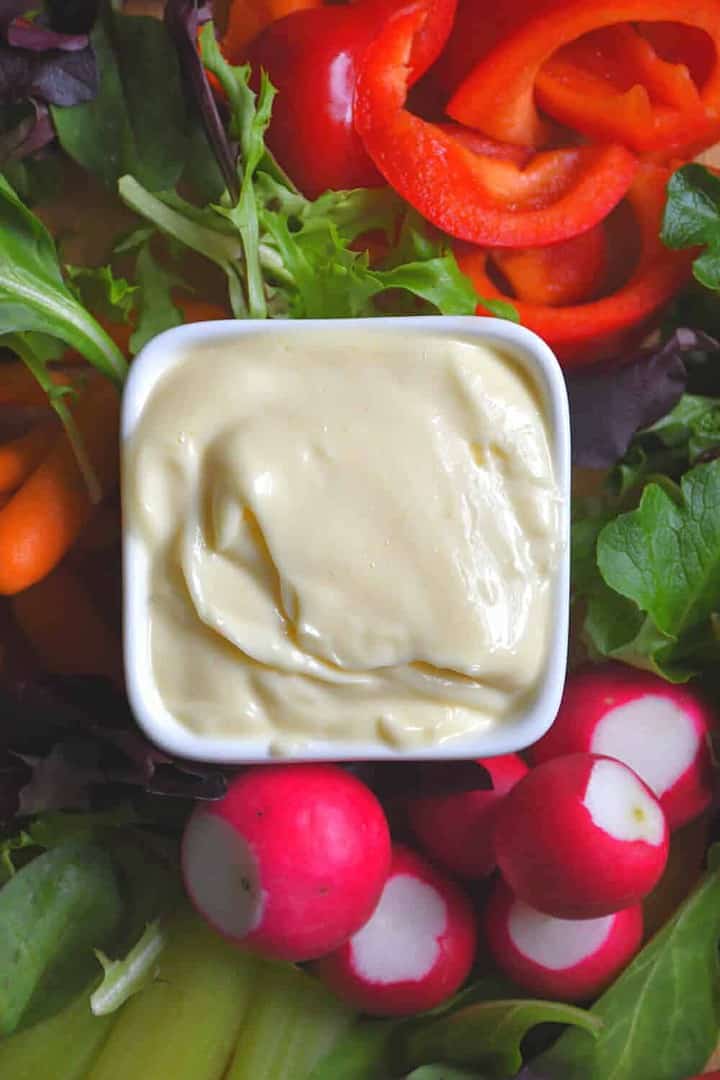
Why making your own low sodium mayo
There are many reasons to make your own mayonnaise. Here are the main ones:
- It takes less than 10 minutes to do it yourself.
- You can customize it as you want.
- Requires only common ingredients.
Kidney nutrition
This recipe is low in sodium. A little Dijon mustard is added to obtain a taste closer to the mayonnaise sold commercially and compensate for the absence of salt.
Note that the nutritional values presented in this recipe include optional ingredients.
Nutrition facts and claims
Here are the nutritional values and claims of this recipe.
For informational purposes only.
Low sodium mayo ingredients
Making mayonnaise requires only a few ingredients that you probably already have in your kitchen. One more reason to love this recipe!
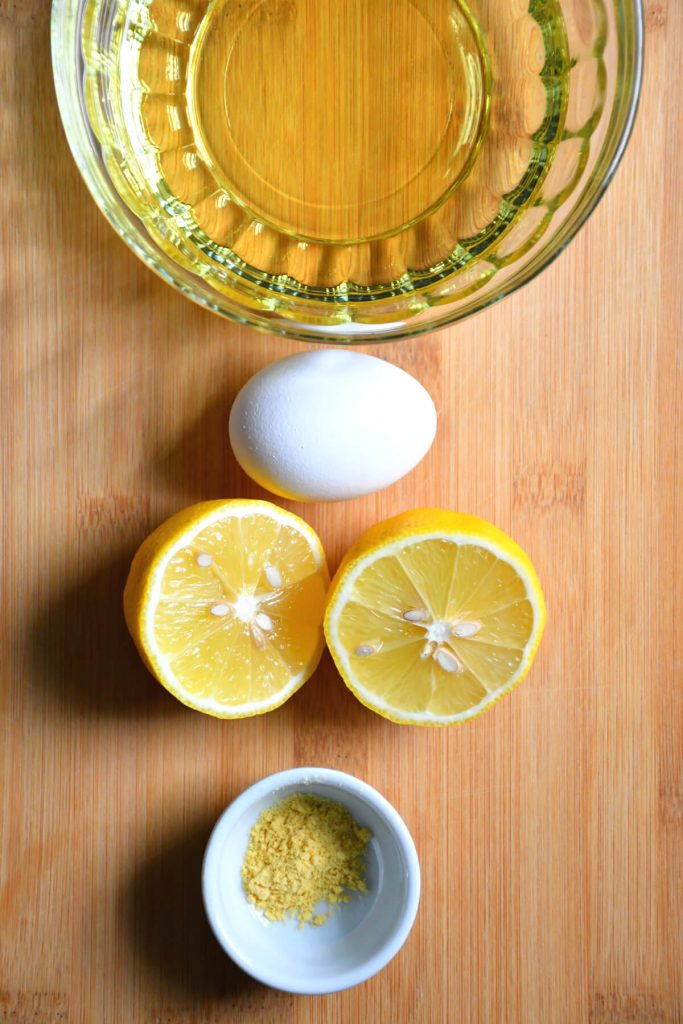
Eggs
Eggs are an integral part of a mayonnaise. This recipe uses one raw egg to make more than a cup of mayo.
Quality raw eggs should not cause a problem, but can be a risk to young children, pregnant women, the elderly, and people with weakened immune systems.
If this applies to you, you can use pasteurized liquid eggs. This will not change the end result.
Oil
Oil is the main ingredient in this recipe. It is best to use a neutral flavored oil like canola oil or sunflower oil.
You can use oil like olive oil, but this could totally camouflage the flavor of your mayonnaise.
If you’d like to try, I suggest you use 1/4 to 1/2 cup of oil with a strong flavor with a more neutral oil and adapt to your taste the next few times you make this recipe.
Lemon juice or vinegar
Lemon juice and vinegar add a great taste to this low sodium mayo and help stabilize it.
For this recipe, I used small amounts to get a very consistent mayonnaise. So you have the option to add a little more if you want without your mayonnaise becoming too liquid.
Mustard powder
Mustard powder adds a bit of flavor and helps keep your low sodium mayo stable.
Dijon mustard
Dijon mustard is the ingredient that compensates for the omission of salt.
Sugar
I always try to avoid adding unnecessary sugar to a recipe, but if you add sugar, a small amount makes all the difference!
Preparation of low sodium mayo
This recipe is simple. Here are the steps you will need to make this low sodium mayo depending on the equipment used.
Stick blender
This is my favorite method because it is the easiest. You use fewer dishes to make this low sodium mayo and you don’t have to work your wrists!
- In a suitable container for an stick blender, combine all the ingredients except oil.
- While mixing, add one drop of oil at a time until emulsified. Once emulsified, very slowly pour a constant stream of oil.
- If you want, you can now customize your low sodium mayonnaise. Add spices, fresh herbs, a little vinegar or any other tasty ingredient until you are satisfied.
Just make sure you don’t add too much liquid to keep it thick.
Note: Start mixing by keeping your stick blender immersed at the bottom of the container. Then, when there is enough emulsified mixture, move the mixer up and down.
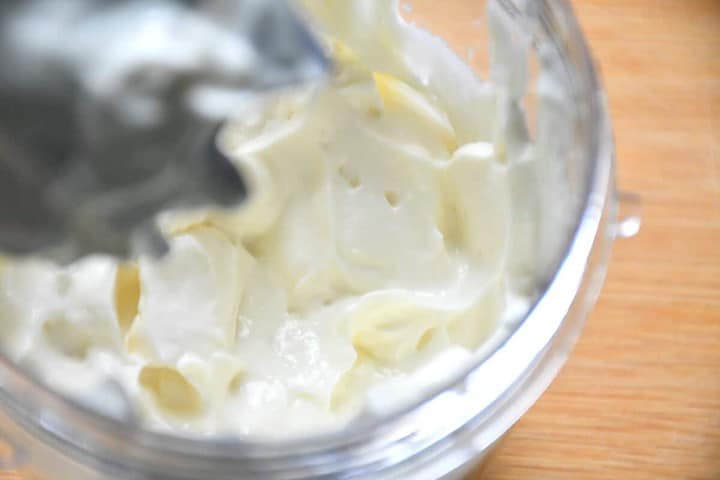
Food processor
If you don’t have a hand blender but have a food processor, you can use it for this recipe. It’s almost the same steps as previously described.
- If possible, select the slowest speed AND, if available, the smallest bowl for your food processor.
- Combine the all the ingredients except oil.
- During processing, add one drop of oil at a time until emulsified. Once emulsified, very slowly pour a constant stream of oil.
- Once completely emulsified, you can customize it to your liking!
Whisk
If you prefer, or if you don’t have a stick blender or food processor, you can do it with a simple whisk. However, it can be physically demanding.
Also, the result obtained could be rather liquid. To avoid this, you should use only egg yolk instead of the whole egg.
- In a medium bowl, combine all the ingredients except oil.
- While whipping, add a drop of oil at a time until emulsified. Once emulsified, very slowly pour a constant stream of oil.
If you need to hold your bowl while you whisk, you can also alternate between pouring and whipping. Make sure to add a little oil at a time so you don’t break your low sodium mayo. - Once fully emulsified, you can customize your mayo.
How to repair broken low sodium mayo
If you broke your mayonnaise, don’t throw it away, you might be able to fix it!
If it is not emulsified enough, simply add an egg yolk to a large bowl and whisk while slowly incorporating the mayonnaise into it until it becomes emulsified and consistent again.
In the case it’s just not consistent enough, adding a little more oil will give it a little more consistency.
How to make a good low sodium mayo
Here are my tips for making an excellent homemade mayonnaise.
Taste it
Once it’s done, you should taste it. If necessary, you can add a little more lemon juice or vinegar to your liking.
Room temperature
The emulsion does not work well with cold ingredients. It is best to use the ingredients at room temperature.
To bring an egg to room temperature, immerse it in lukewarm water for a few minutes.
Mason jar
If you use an stick blender, you can prepare your low sodium mayonnaise in a mason jar that you can keep in the fridge right after instead of transferring it to another container.
Low sodium mayo variations
Here are the variations I suggest if you want to personalize your low sodium mayo.
Use different oils
To further customize your low sodium mayonnaise, you can substitute vegetable oil for almost any other oil.
However, people tend to prefer neutral oil like grape seed or sunflower oil. It is possible to use olive oil, but it will have a huge impact on the final taste. It really depends on personal preferences.
Only egg yolks
It is possible to replace the egg with a single egg yolk. This will have a big impact on texture and color. The mayonnaise will be denser and yellowish.
Lemon and vinegars
This homemade mayonnaise is made with lemon juice and vinegar. You replace one or the other with the same amount of lemon juice or vinegar.
You can also try different vinegars. I have already made this recipe with balsamic vinegar and it was perfect to use as a vegetable dip.
Add flavors
Fresh herbs and spices can add a lot of flavor to your mayonnaise. Do not hesitate to customize it according to its use.
Conservation of low sodium mayo
This recipe can be stored in the refrigerator for 2-3 days if using a fresh egg. I do not recommend to freeze this mayonnaise.
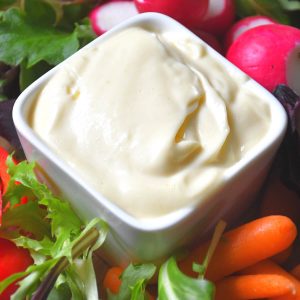
Low Sodium Mayo
INGREDIENTS
- 1 egg
- ½ tsp mustard powder
- 1 cup vegetable oil
- 1½ tsp white wine vinegar
- 1½ tsp lemon juice
- 1 tsp Dijon mustard
- ½ tsp sugar (Optional)
INSTRUCTIONS
- In a container suitable for a stick blender, blend together all ingredients except oil. Important: All ingredients must be at room temperature.
- Start blending by keeping the stick blender at the bottom of the container and add one drop of oil at a time until emulsified. Then, pour a slim and constant stream of oil while blending.
- Once emulsified, customize your mayonnaise to your liking! Just make sure you don't add too much liquid to keep it thick.
NOTES
NUTRITION FACTS
For informational purposes only. Nutrition data is primarily calculated from the USDA National Database. Values may vary from accuracy of measurements, brands, nutritional data and more. All measurements are metric (1 cup = 250ml). Readers are encouraged to make their own calculations.


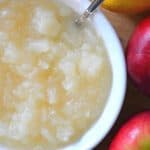
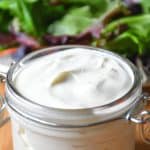
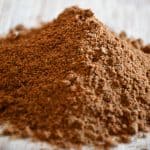

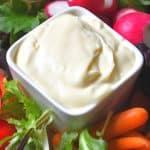
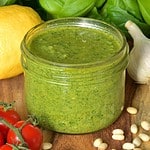
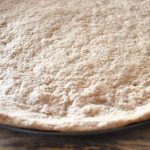
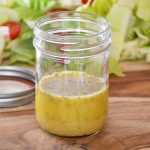
Thank You!
Awesome outcome! Its a lot better than the store light mayos – Thank you!
I’m happy you like it!
How long would this last in a refrigerator if using pasteurized liquid eggs? Would love to try this but don’t think we would use it all in 2-3 days using raw eggs. Thanks!
Good question, I’ve never tested how long it can last with liquid pasteurized eggs. I mention 2-3 days to be on the safe side, but many people say that their homemade mayonnaise can last almost a week. However, if I had to guess, I would still go with a duration of 3 days even if you use pasteurized liquid eggs. If you try it, you may be able to tell by looking at it if it is still good. What I suggest instead is that if you have a small immersion blender container, you may be able to make only half the recipe. Another suggestion could be to try a vegan mayo that can last longer, but the taste won’t be the same.
Great recipe! We compared it to my (old) favourite store bought mayo and this is way better. Thank you!
Thanks for the comment, I’m glad to know that you prefer this mayonnaise to the bought one!